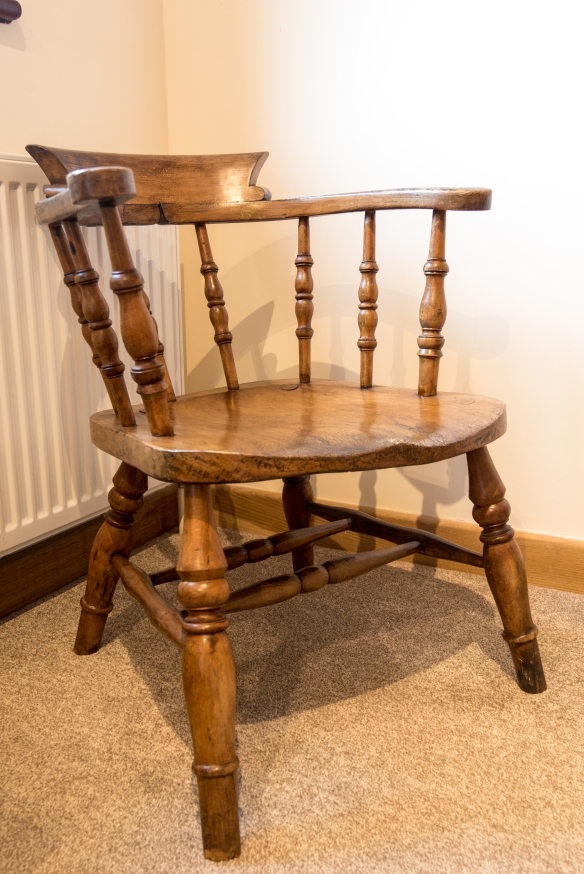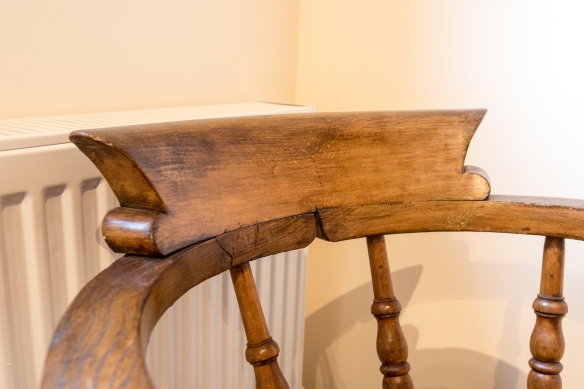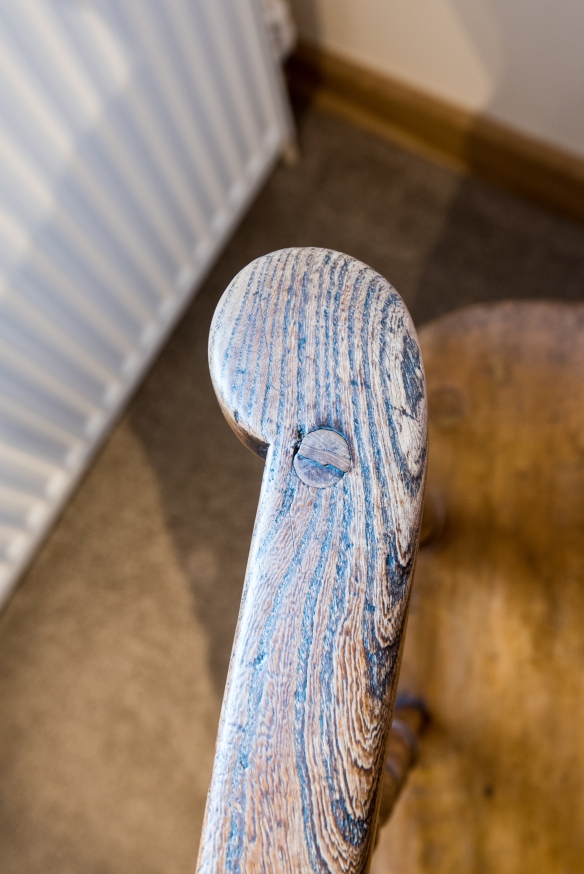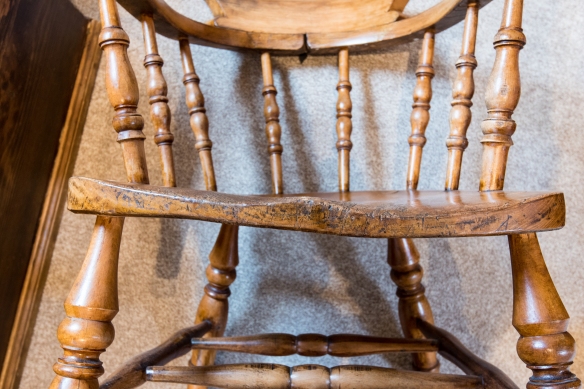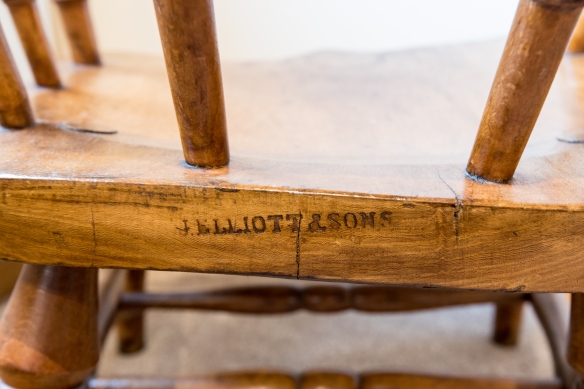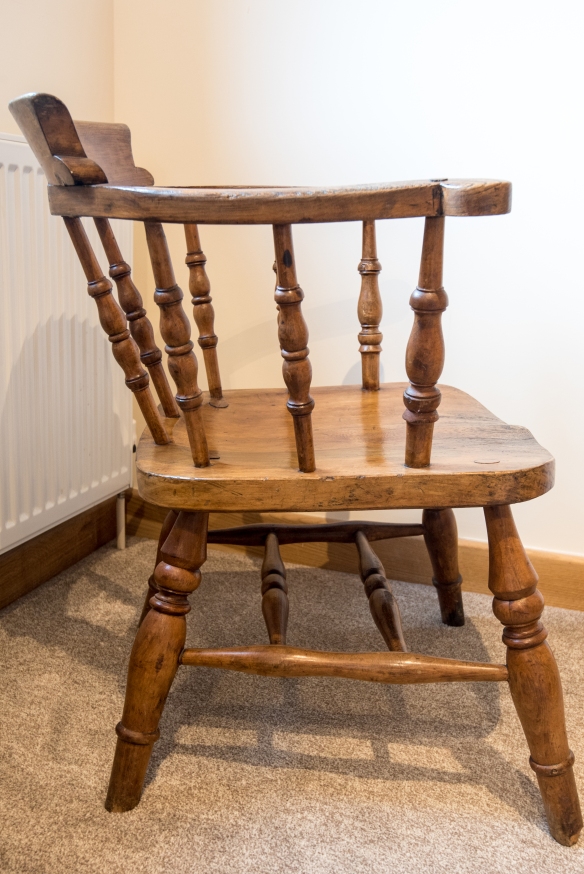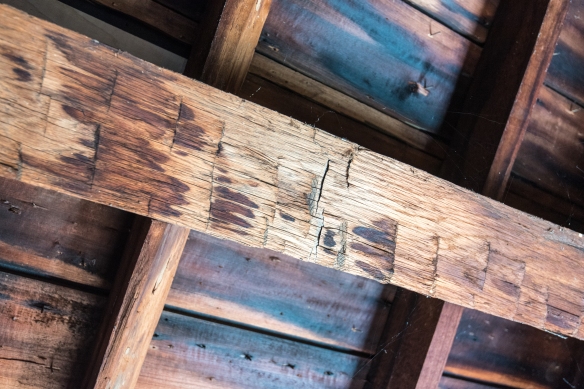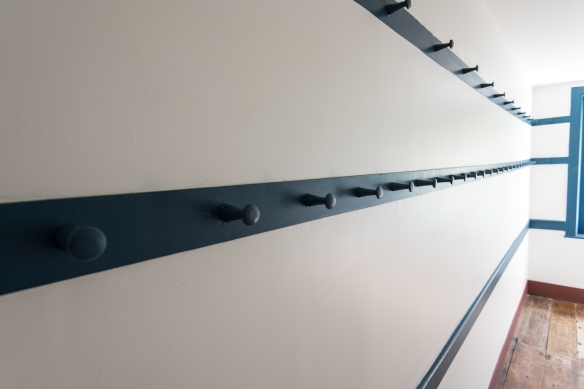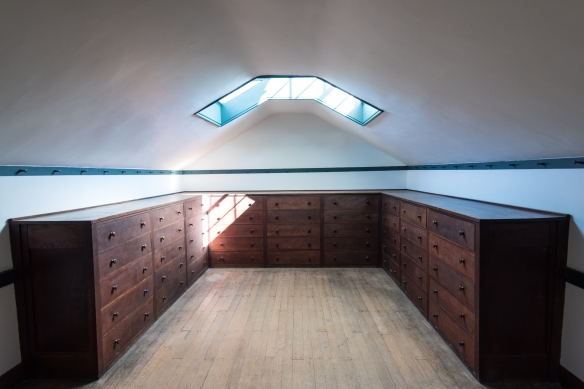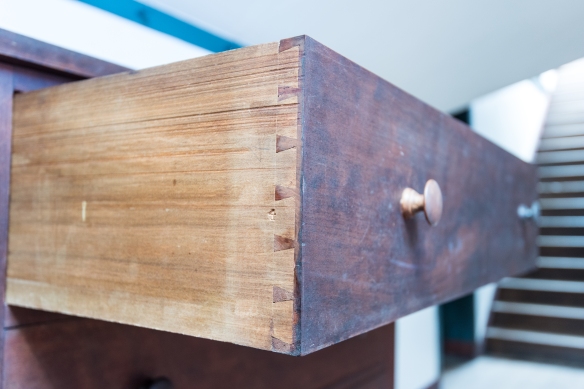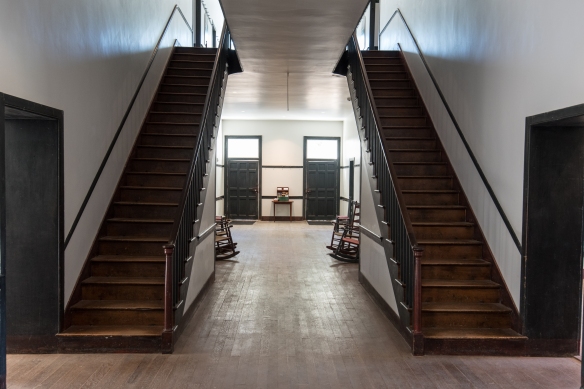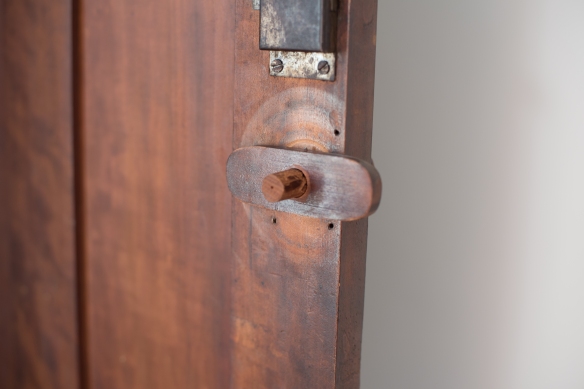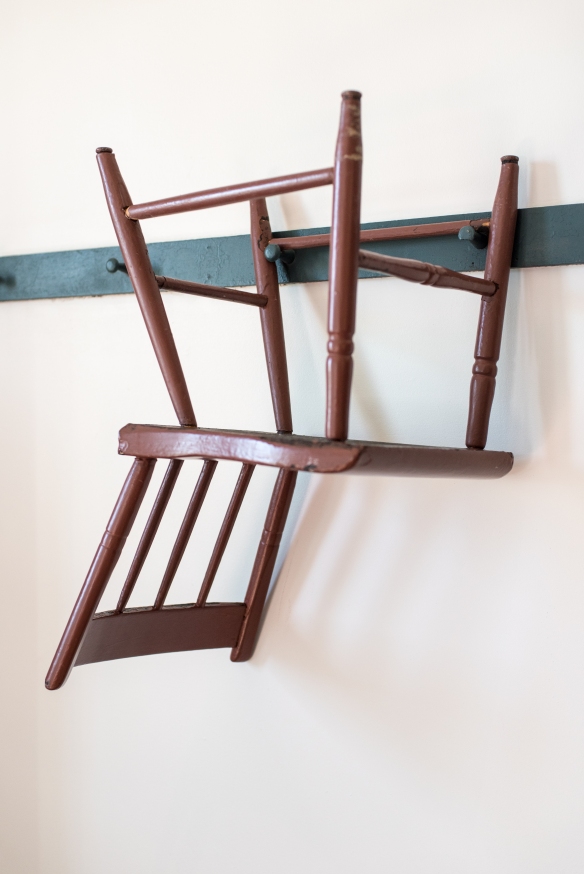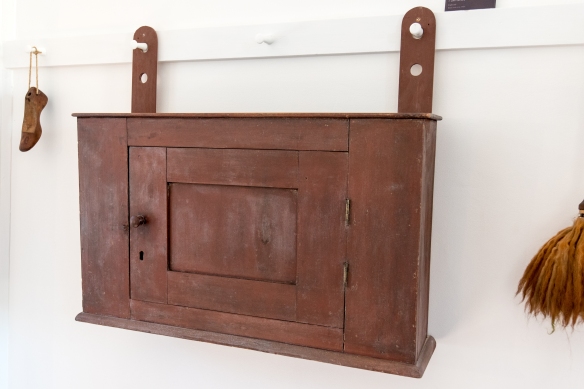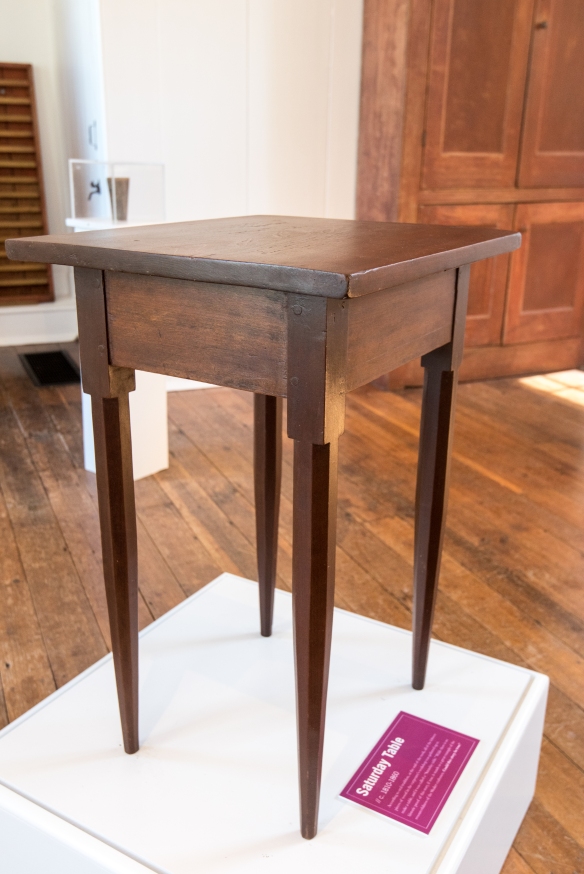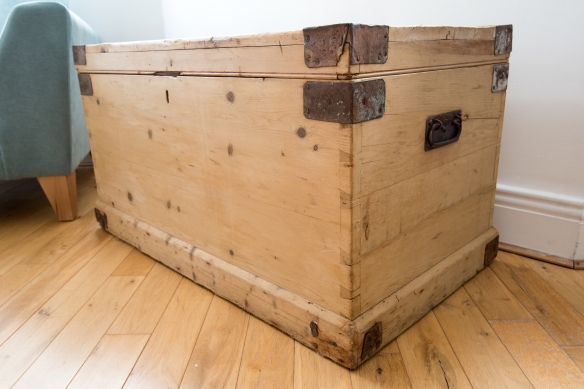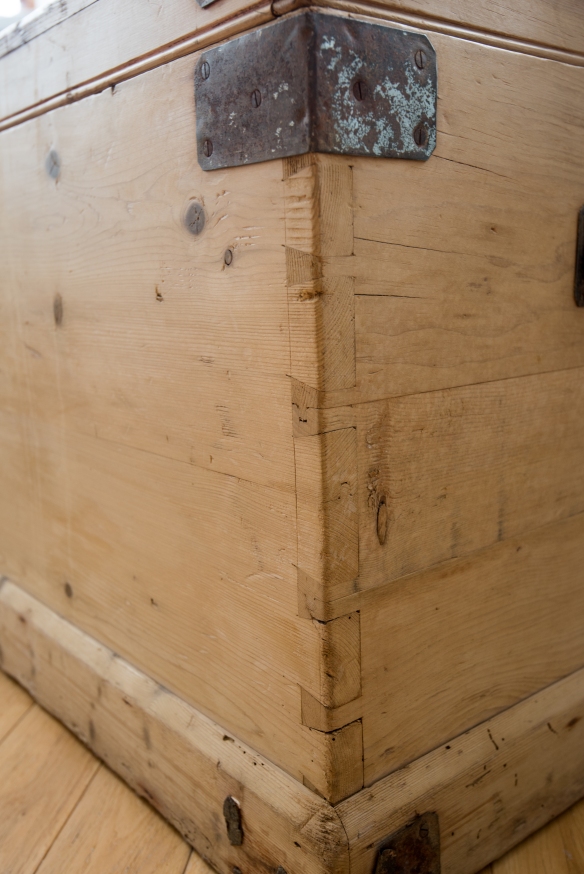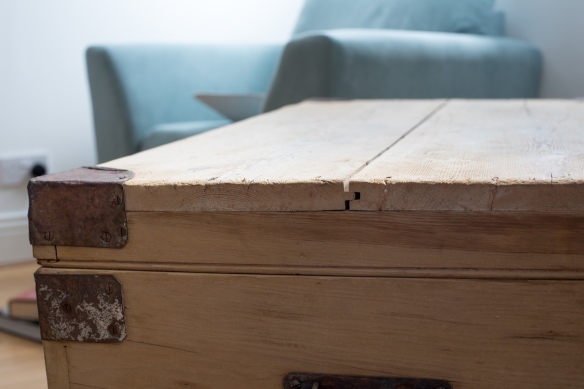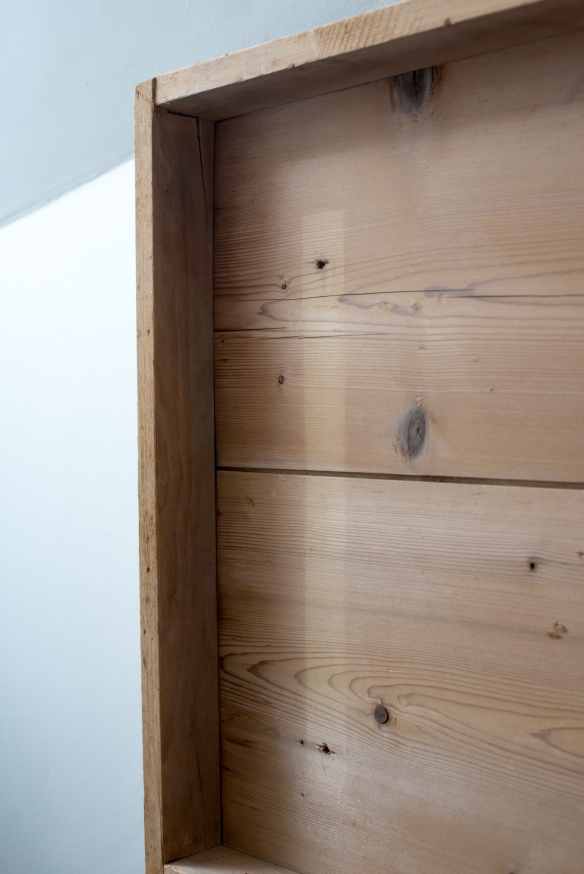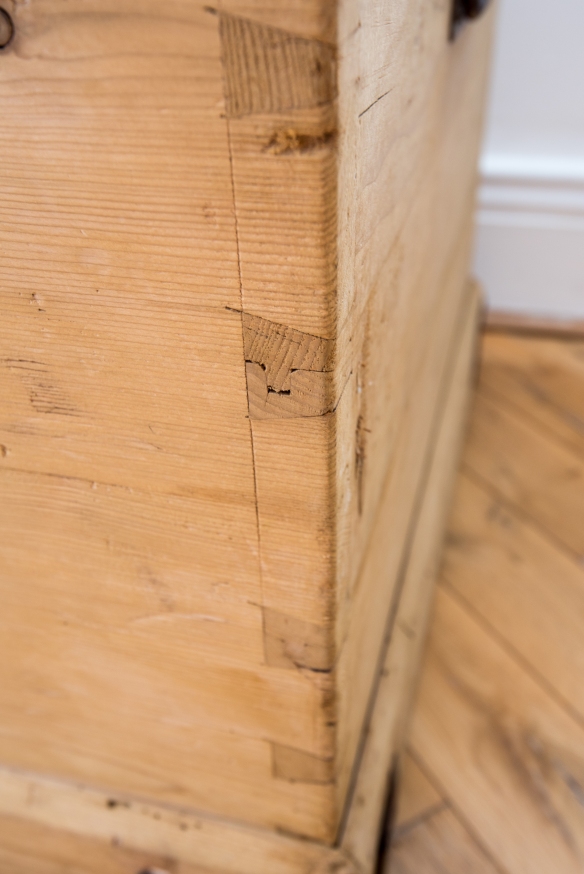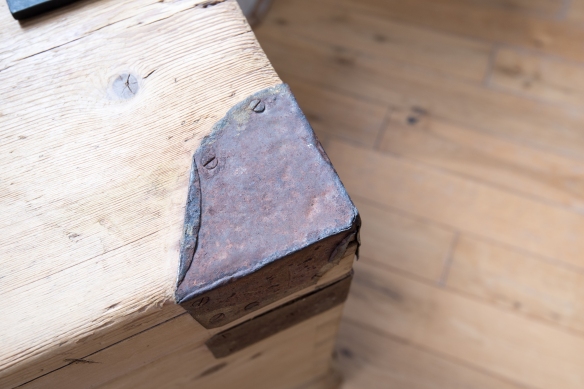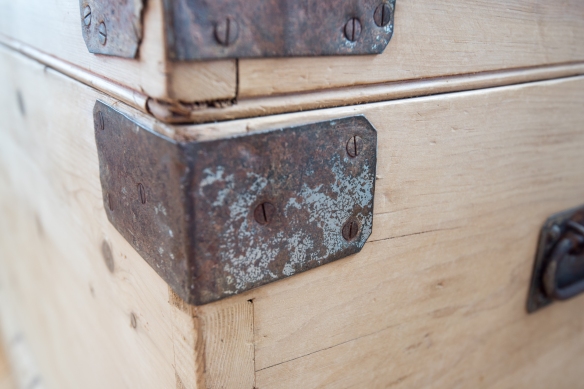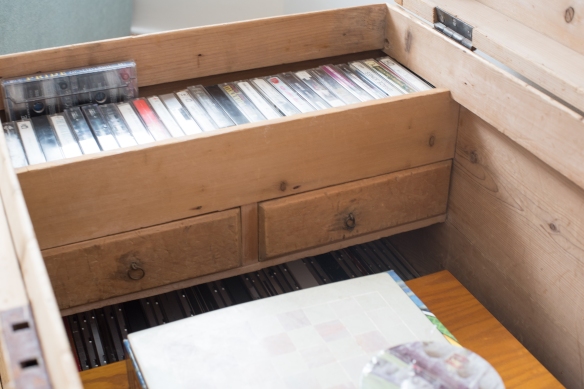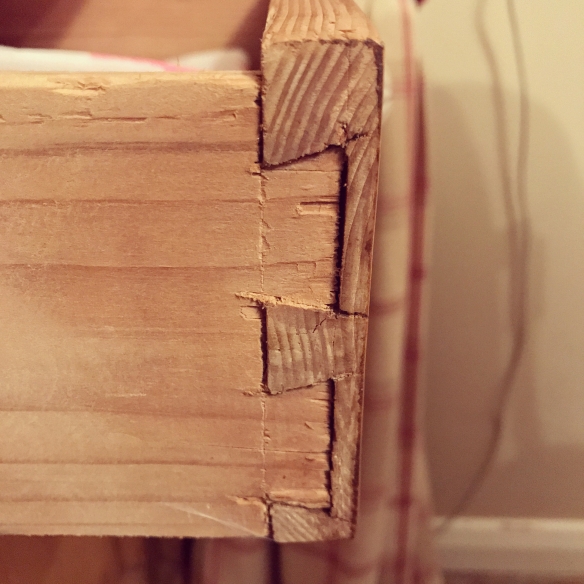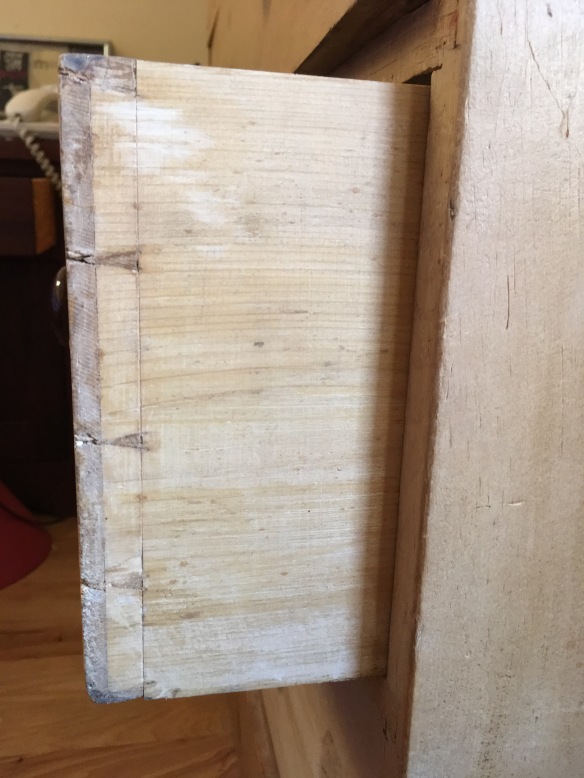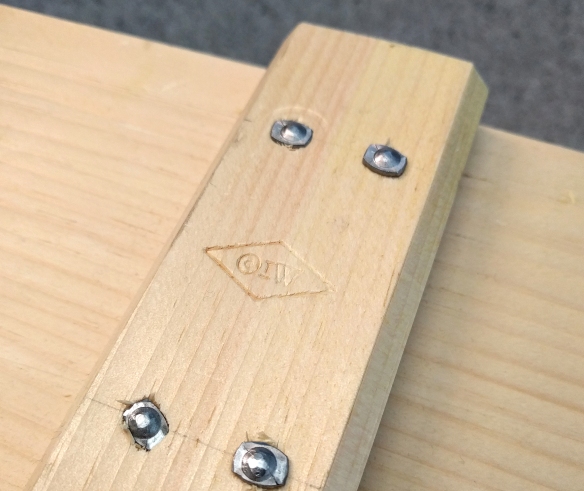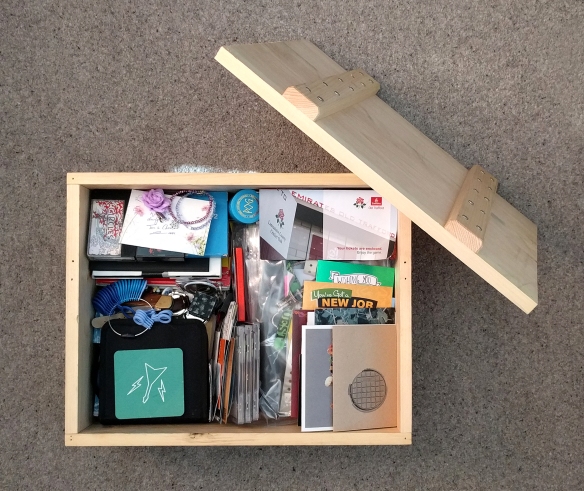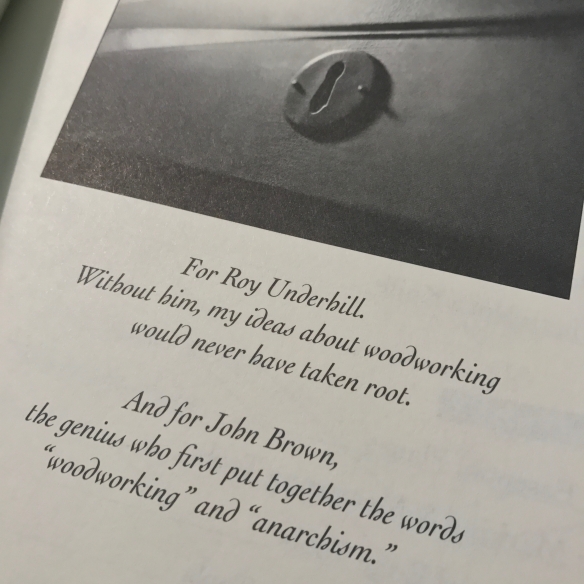
I never got to meet John Brown. Truth be told, I didn’t hear of his name until several years after his death. But I’m starting to feel like I know the man.
My first introduction to John Brown, and to Welsh Stick Chairs, was as I imagine it was for many woodworkers, a blog post Chris wrote. These unusual chairs were nothing like I’d ever seen before – theirs was a dynamic form, suggesting a feral energy coiled within the sticks, waiting to spring out. I was intrigued, but at that time focusing on lutherie, so I mentally filed the chair away for another day. A little over a year later and John Brown was again mentioned on the Lost Art Press blog, this time in the context of his influential, if hard to find, book Welsh Stick Chairs. Then I bought a copy of The Anarchist’s Tool Chest, and opened the cover to find a dedication to John inside. I was just starting to think about building furniture in addition to my usual workshop diet of lutherie, and my interest was piqued, but I still knew precious little about John or his chairs.
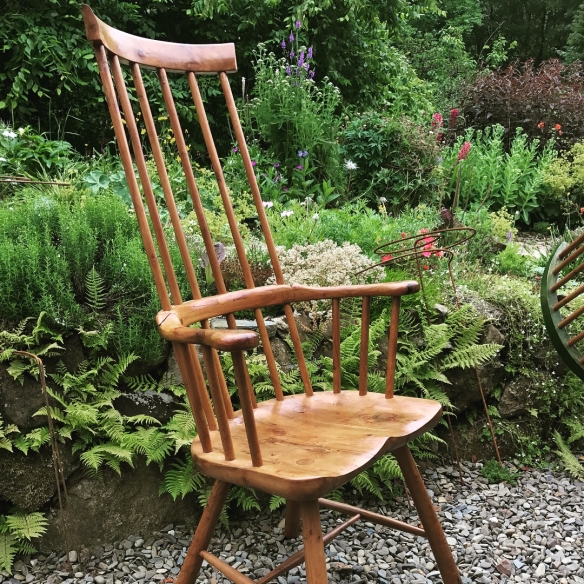
Welsh Stick Chair in yew, by John Brown
All of that has changed in the past twelve months since I joined the team for the
Life & Work of John Brown. The chairs still fascinate me, and I cannot wait to start building some with my co-author Chris Williams. And I feel that I am starting to know John a little. Over the past year we have combed through all of John’s articles for
Good Woodworking, his book (yes copies are still out there if you search for them, yes you will get gouged for a tatty second hand copy), his article for
Fine Woodworking, and his correspondence. All of this is a great starting point for getting to grips with John’s passion for hand tool work, his vision of the
Anarchist Woodworker, and the importance he placed in the Welsh-ness of his chairs. But all of that only presents half a picture – it tells you how John perceived himself and his work, a perspective which is incredibly important. But unless you have exceptional self awareness, your writing and correspondence will never tell the reader how other people perceive you.
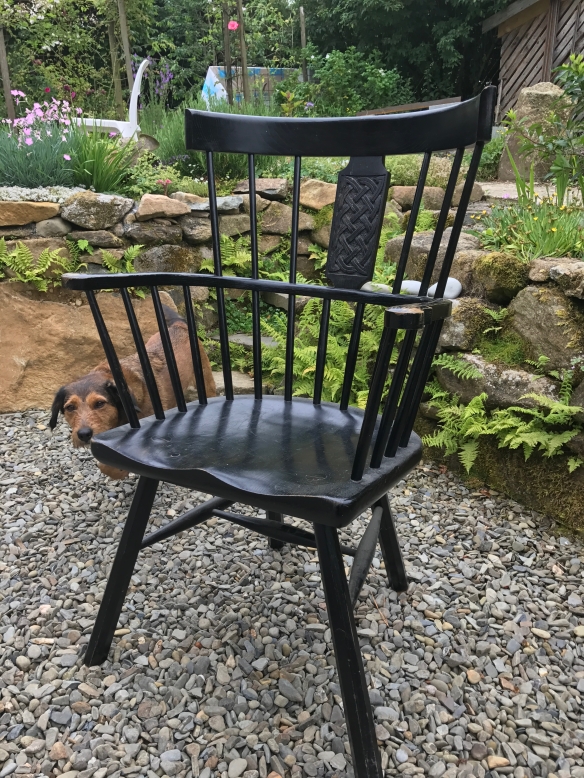
Welsh Stick Chair with carved back panel
And so I’ve spent the weekend on a research trip to deepest Pembrokeshire, where John spent many of his chair making years. This trip has been revelationary, giving my understanding of John context in terms of both space and relationships – we saw the house he lived in when he first started building Welsh Stick Chairs, and the countryside that he wrote so passionately about in
Good Woodworking. We also spent time with some of John’s family and friends, talking about John’s path as a woodworker and chairmaker, and his motivation and philosphy in craft, trying to understand the man behind the
Anarchist Woodworker. One of the joys of carrying out interviews is not just answering the big questions you came armed with, but the incidental details, or stories that you never thought to ask. Yesterday I sat in a Welsh kitchen, enthralled while John’s first wife unveilled the very first thing John had made from wood – a simple lidded cotton box held together with small tacks, and which is still in use today. It was a powerful reminder that even great makers do not start out building masterpieces – they have to start with simple projects just like the rest of us.

The first item John built as a woodworker – this cotton box is 61 years old. The path John took from this cotton box to his final chairs is a fascinating.
There is a responsibility when writing about someone other than yourself. To write with integrity, you must approach the subject both sympathetically and honestly, critically but without judging. Above all, it must be accurate. In many ways this is not dissimilar to researching and writing history (one of my very first loves), only in a much more modern setting. Tracking down answers to our questions, and uncovering what should be a rich and vibrant narrative, is thrilling. We won’t be writing a full biography of John Brown – that would take several volumes, and much of it is not relevant to John Brown the chairmaker. But as someone whose craft was more than just what he did with his hands, he is in many ways indivisible from his work. And so we are going to tell the story of Chairman Brown, and to hopefully prompt a well deserved re-evaluation of his impact on the craft.
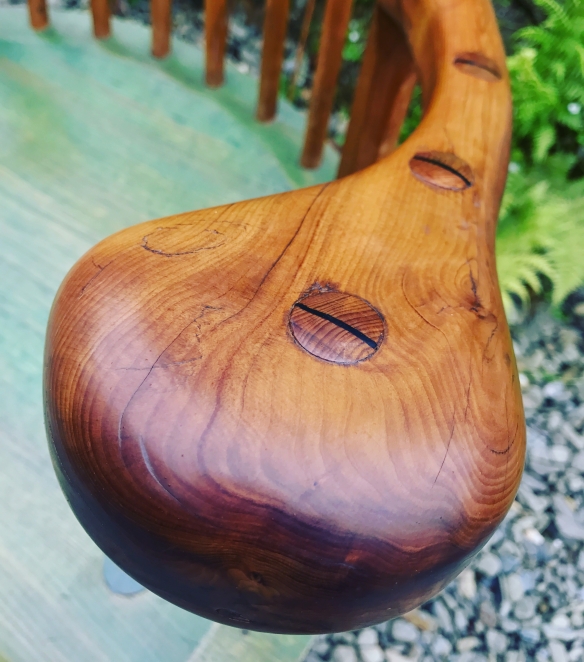
The domed stick ends are one of my favourite details on this chair.
Yesterday would have been John Brown’s 85th birthday – a fact that I did not learn until after we arranged the field trip several months ago. But it felt very apt that on what would have been his birthday, I finally saw several of John’s chairs in the flesh for the first time. Running my hands over the smoothed arms, feeling the rough-sawn surface of the underneath of the seat, and yes sitting in, John’s chairs transformed for me a lot of his writing from abstract concept to real craft. These chairs have power, very much like the words of the man who made them. This is a power, and an ethos, which we hope to convey in the
Life & Work of John Brown.
I cannot wait to bring you all along for the journey.

Of course, I had to sit in the chairs.
